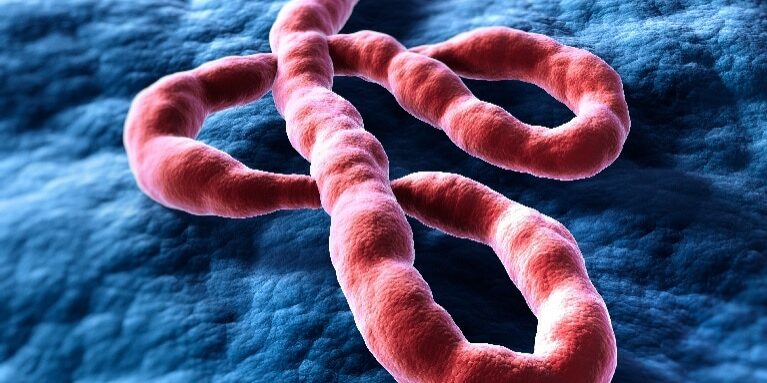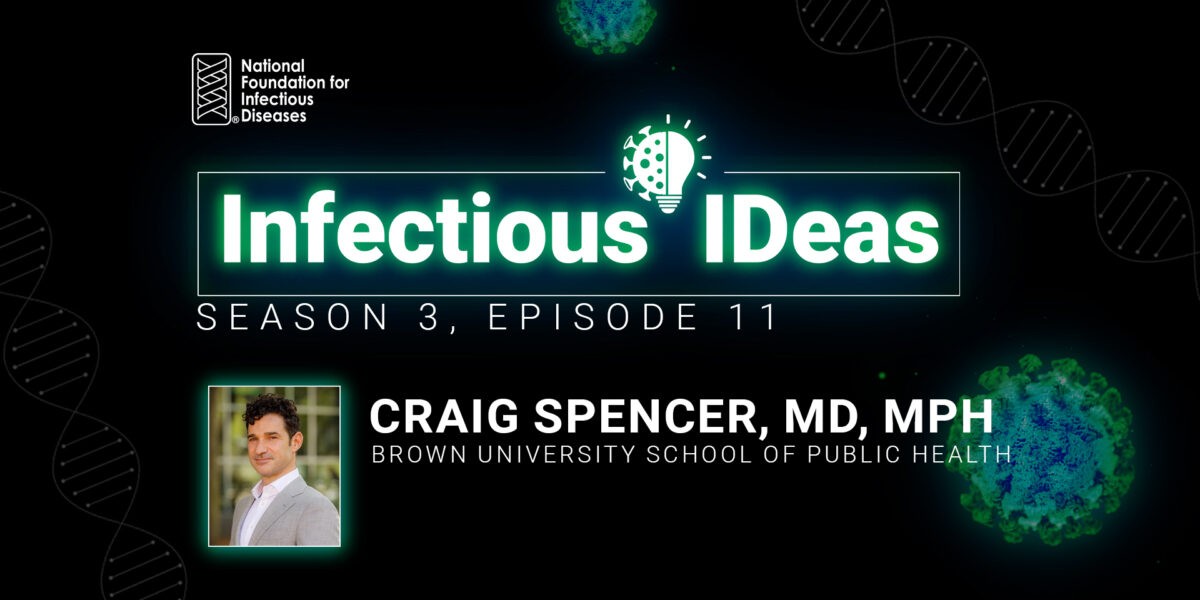
What is Ebola?
Ebola is a rare and deadly disease caused by infection with a virus of the family Filoviridae, genus Ebolavirus. Ebola can cause disease in humans and other primates (monkeys, gorillas, and chimpanzees).
Ebola was first discovered in 1976 near the Ebola River in what is now the Democratic Republic of the Congo. Since then, outbreaks have appeared sporadically in several African countries. Transmission to other countries is very unusual.
Burden
The 2014-2015 Ebola epidemic was the largest in history, affecting multiple countries in West Africa. Although the risk of an Ebola outbreak in the United States is very low, the Centers for Disease Control and Prevention (CDC) have taken precautions to prevent an outbreak from happening. There is little risk of catching Ebola for travelers who have not been in close personal contact with someone infected with Ebola virus.
Symptoms
It can take anywhere from two to 21 days after infection for symptoms to appear, but the average length of time is 8-10 days. Symptoms include fever (greater than 101.5°F), severe headache, muscle pain, weakness, diarrhea, vomiting, stomach pain, and unexplained bleeding or bruising.
Prevention
Healthcare professionals caring for Ebola patients and those in close contact with Ebola patients are at highest risk of getting sick, as they may come into contact with the blood or body fluids of sick patients. The virus is spread to humans when there is direct contact (through broken skin; areas of the skin that have been opened by cuts, abrasions, dermatitis, chapped skin; or mucous membranes) with:
- blood or body fluids
- objects that have been contaminated with the virus (e.g., needles)
- the body of a person who is seriously ill or who has died due to Ebola
- infected animals
Ebola vaccine is recommended by CDC for certain individuals age 18 years and older who are at high risk for potential exposure, including those who are:
- responding to an Ebola outbreak
- working in a laboratory that handles specimens that might contain live Ebola virus
- working in a federally or state designated Ebola treatment center
Treatment
Treatment usually involves supportive care to manage symptoms and treat other infections that may occur.
The US Food and Drug Administration has approved two monoclonal antibody treatments, which are proteins made in a lab that bind to a portion of the surface of the virus and prevent the Ebola virus from entering human cells. These treatments have been shown to improve survival rates.
Updated July 2022
Source: Centers for Disease Control and Prevention
Related Resources

From Shark Dreams to Global Health with Craig Spencer, MD, MPH
S3, E11: Craig Spencer, MD, MPH, emergency physician and global health expert, talks about what it takes to lead in times of crisis. From treating Ebola patients in Guinea to navigating COVID-19 in New York—and why the lessons of past pandemics must not be forgotten …

What Is an Antiviral?
Overview of antivirals—what they are, how they work, and what diseases they help treat
